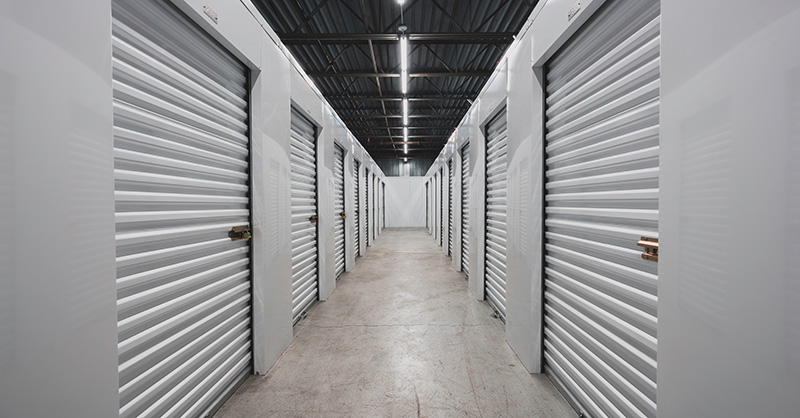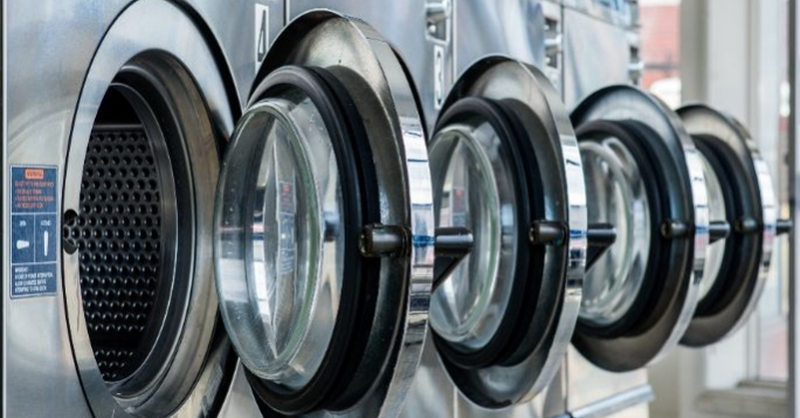Catalytic Converter Theft on the Rise: What You Need to Know

Businesses, school districts and municipalities. What do they all have in common? They all have been impacted by the spike in catalytic converter theft across the country.
What is a catalytic converter?
A catalytic converter is a device installed in the exhaust system of a vehicle to reduce emissions of harmful pollutants. Since the 1970s, they have been required by law to reduce air pollution. Catalytic converters are found on automobiles, trucks, buses, forklifts and ships.
Why are catalytic converters being targeted?
Catalytic converters are being targeted by criminals because they contain a catalyst made of rare earth metals like platinum, palladium or rhodium. This catalyst facilitates the chemical reactions that convert the toxic gas and pollutants from a vehicle’s engine into less harmful gases.
Catalytic converters are particularly vulnerable to theft because they are located underneath a vehicle and can be removed with basic hand tools in a matter of minutes. Thieves will often target larger vehicles, such as trucks and SUVs, because they have higher ground clearance, making the catalytic converter more accessible. Hybrid vehicles are often a target because their catalytic converters use higher amounts of rare earth metals.
How common is the theft of catalytic converters?
According to the National Insurance Crime Bureau, catalytic converter thefts increased 1,215% between 2019 and 2022. During the pandemic, the National Insurance Crime Bureau saw a significant jump in the number of thefts. In November 2022, the Department of Justice (DOJ) announced the takedown of a nationwide catalytic converter theft ring. In the press release, the U.S. Attorney for the Eastern District of California said, with California’s higher emissions standards, that state alone accounts for 37% of catalytic converter theft claims nationwide.
Why do I see so many headlines about the increase in theft?
In recent years, the price of the precious metals used in catalytic converters has spiked. Platinum, palladium and rhodium are each worth thousands of dollars per ounce. Many of the precious metals used in catalytic converters are mined in Russia and South Africa. The war in Ukraine has disrupted the supply chain and driven up prices. Thieves will sell the converters to a metal scrapper or refinery. Recyclers will often pay $50-$250 per catalytic converter. The DOJ indicates that the black-market price for catalytic converters can be more than $1,000.
How are states reacting to this trend?
States across the country have either taken steps, or are actively taking steps, to introduce legislation to help curb the theft of these devices. Many of these laws focus on scrap metal dealers, requirements around proof of ownership for the sale of catalytic converters and programs intended to investigate and prosecute these crimes.
How can you help prevent catalytic converter theft?
- Install a catalytic converter anti-theft device.
- Park fleet trucks in a secured enclosed area.
- Etch an identification number onto your catalytic converter or spray paint your catalytic converter.
- Make sure your insurance covers the potential threat.
Your Partner in Crime®
Since 1995 we’ve been insuring clients from crime related losses. We have a depth of experience in both underwriting and claims that is unmatched in the marketplace. Discover how our specialization and expertise provide the advantage to address your unique needs.









